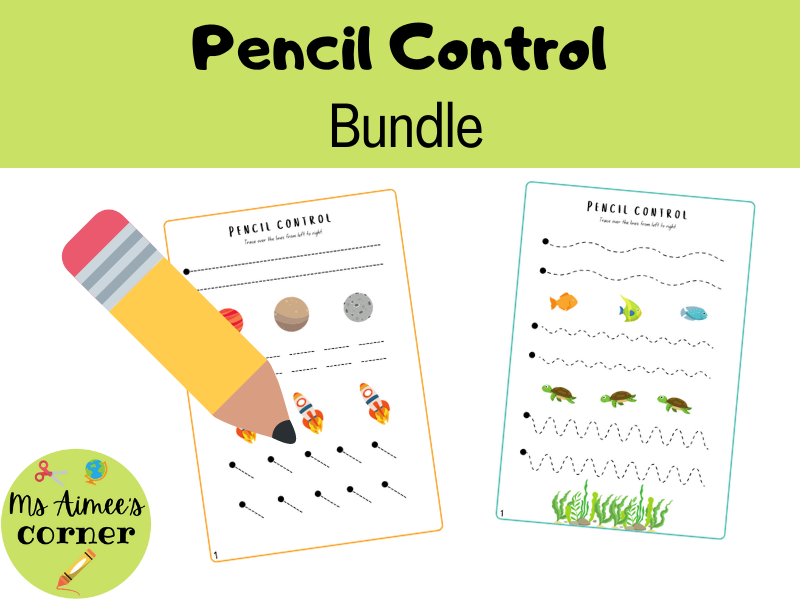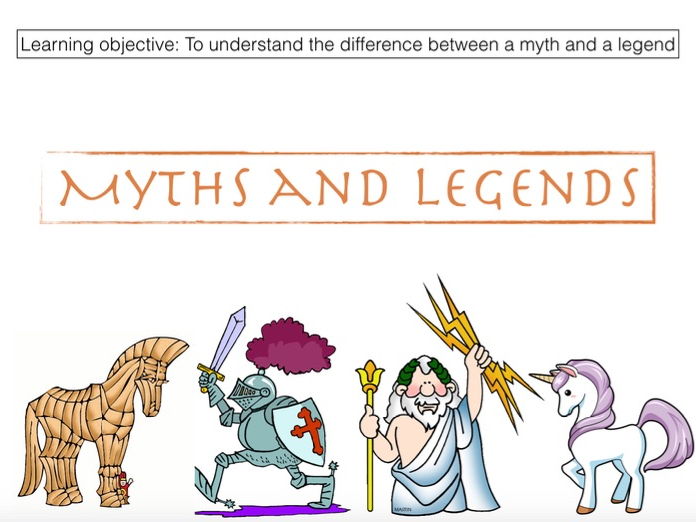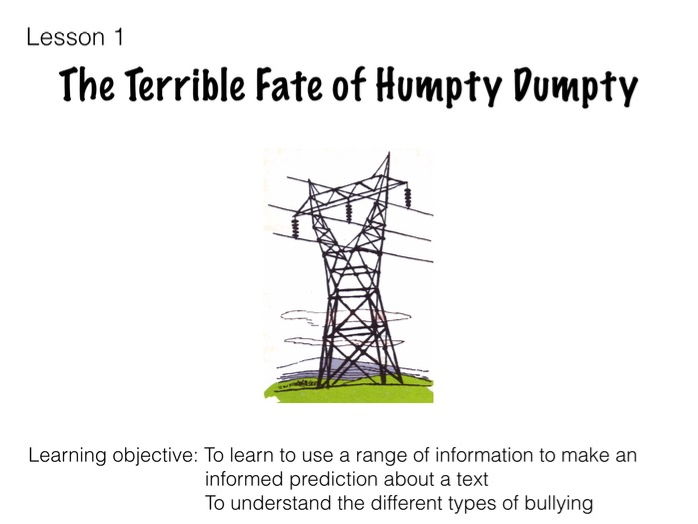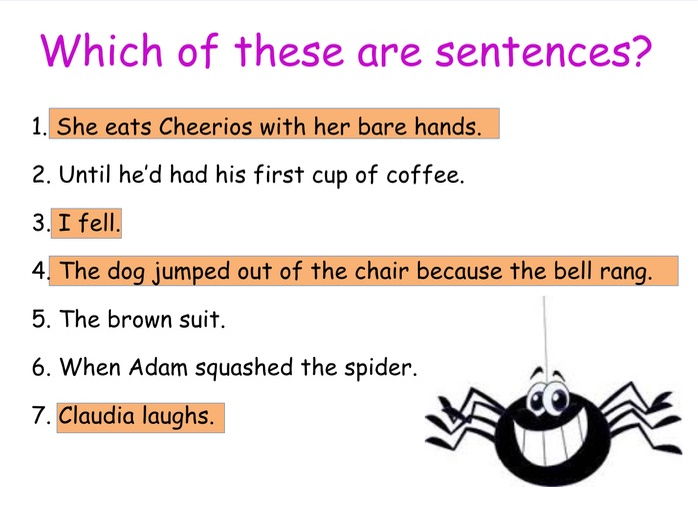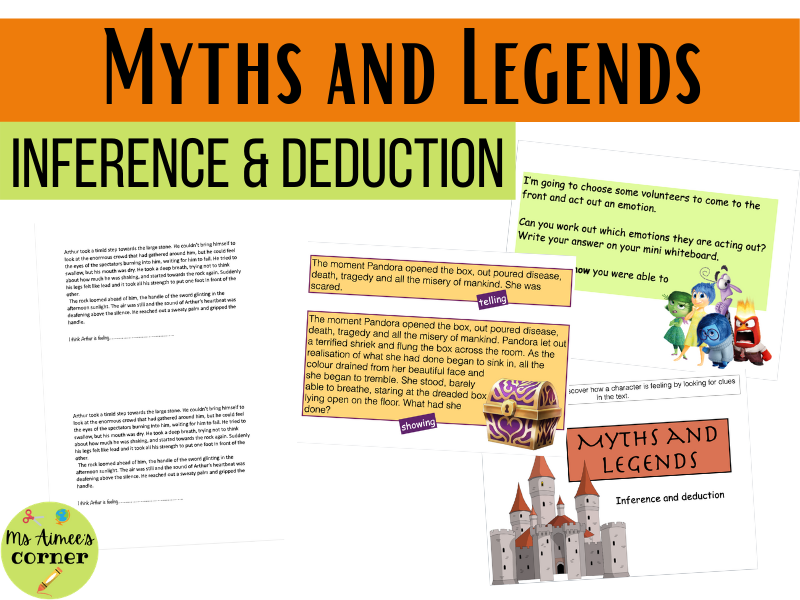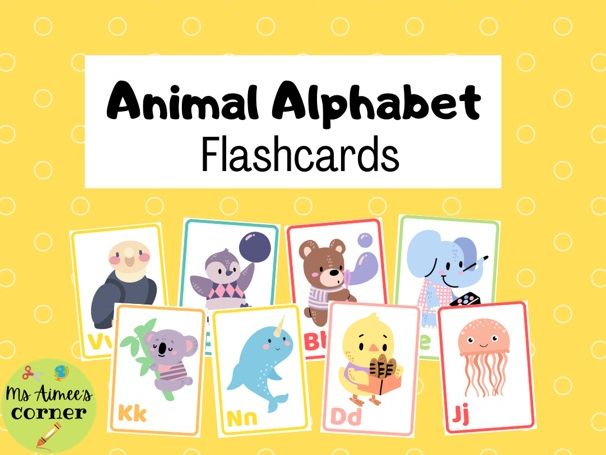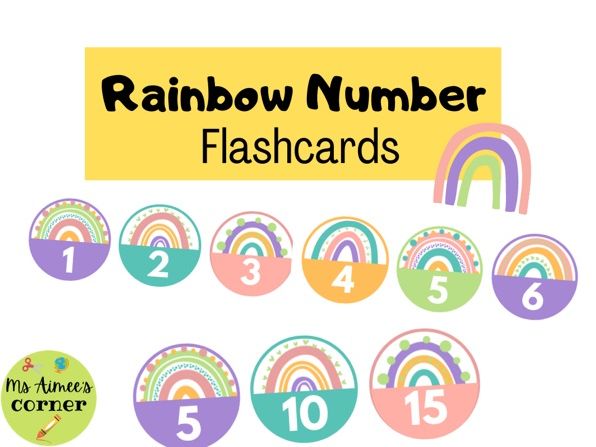14Uploads
7k+Views
3k+Downloads
All resources
Bundle

Myths and Legend Bundle
This bundle contains a variety of resources for teaching your myths and legends unit of work in English. It’s geat for KS2 and KS3 students.
This bundle includes:
Introduction to Myths and Legends
Myths and Legends: Introduction to Heroes
Myths and Legends: Inference and Deduction
A Mythical Quest: Problem Solving Game
Each of these lessons includes a variety of activities that can be easily modified for group, paired or individual work. The lessons contain starters, plenaries and a range of reading and writing activities.
If you’re teaching myths and legends in your classroom, this bundle is the perfect place to start!

Pencil Control Bundle
This pencil control bundle includes 4 pencil control worksheets. Students can trace over the dots to practise straight lines, wavy lines, zig-zags and curves. This bundle is ideal for foundation phase.

Addition and Subtraction Worksheet Bundle
This addition and subtraction worksheet bundle includes a variety of activities.
From counting to 10 all the way up to adding and subtracting one-digit and two-digit numbers, this resource collection covers a variety of skills.
Activities include:
Counting to 10
Counting to 20
1 more and less
10 more and less
Adding and subtracting to 10
Adding and subtracting to 20
Adding and subtracting on a number line
Number bonds to 10
Number bonds to 20
Colour by number
Adding and subtracting two numbers
Matching problems with answers
Fill in the blanks
Adding and subtracting one-digit numbers and two-digit numbers
With such a big variety, this bundle will keep your students challenged throughout the school year. It’s suitable for KS1 students.

Introduction to Myths and Legends
This lesson is an introduction to myths and legends. It’s the perfect way to introduce the topic to KS2 or KS3 students.
The Powerpoint presentation outlines the main features of myths and legends with examples. Two example stories are included (an audio version of the story of Gelert and a written version of Pandora’s Box), which the students can study.
This resource pack also includes a ‘myth or legend’ activity to consolidate learning.
This resource is a great way to introduce the myths and legends topic for KS2 or KS3 English lessons.

Bridge to Terabithia Full Unit of Work (14 Lessons)
This is a full unit of work to accompany your study of Bridge to Terabithia by Katherine Paterson. This unit of work is made up of 14 lessons that are perfect for a KS2 or KS3 English class. The download contains a scheme of work overview, Powerpoint slides to accompany each lesson and a variety or printables and worksheets.
The lessons cover a range of reading and writing skills and include plenty of opportunities for assessment.
Lesson 1: Context and making predictions
Lesson 2: Inference and deduction
Lesson 3: Finding evidence to support an idea
Lesson 4: Introduction to P.E.E
Lesson 5: Drawing conclusions about a text
Lesson 6: Introduction to persuasive techniques
Lesson 7: Persuasive writing
Lesson 8: Summary
Lesson 9: Proofreading
Lesson 10: Analysing mood and atmosphere
Lesson 11: Planning an answer to a ‘how’ question
Lesson 12: Writing an answer to a ‘how’ question
Lesson 13: Diary writing
Lesson 14: Research project
These lessons are designed to accompany your in-class reading of Bridge to Terabithia while introducing students to key literary techniques.
All lessons include starters and plenaries and the scheme of work overview lists all the materials you’ll need to carry out each lesson.

Holes Introductory Lesson
Introductory lesson to the novel Holes by Louis Sachar.
Powerpoint presentation contains prediction activities and an insight into what to expect from the novel.

The Terrible Fate of Humpty Dumpty Introductory Lesson
Introductory lesson to the play The Terrible Fate of Humpty Dumpty. The lesson asks pupils to make informed predictions about the play based on a range of information. It also introduces the topic of bullying.

Holes Chapters 1-8
Five lessons on Holes by Louis Sachar to accompany the first eight chapters of the novel.
Lesson 1: Making predictions about the novel.
Lesson 2: Features of good novel openings.
Lesson 3: Genre.
Lesson 4: Skimming and scanning.
Lesson 5: P.E.E technique.

Simple, Compound and Complex Sentences
This is a lesson on simple, compound and complex sentences.
The Powerpoint presentation begins with a brief refresher on what makes a sentence and then explains the features of simple, compound and complex sentences. It also introduces relative clauses and explains how to spot these in sentences. The presentation includes built-in examples and activities as well as a final writing exercise.
The download also includes a worksheet on sentences to consolidate. The activities are based on:
What makes a sentence?
Different types of sentences.
Relative clauses.
This resource set is perfect for a stand-alone SPAG lesson or revision activity.

Myths and Legends: Introduction to Heroes
This lesson is part of the myths and legends unit. It introduces students to the traditional qualities of heroes in myths and legends.
Students will identify and label Hercules’ heroic qualities and will then design a hero of their own. This is a fun and creative way to introduce the role of heroes in myths and legends and is ideal for KS2 and KS3 students. The lesson includes a starter and plenary as well as the necessary activity sheets.

A Mythical Quest: The Problem Solving Game
This resource would be perfect for an end of term activity or as a fun way to wrap up your myths and legends unit of work.
The lesson includes a variety of English and problem solving skills including:
persuasive writing
proofreading
problem solving
vocabulary work
The resources could be used as a stand alone lesson or over a series of lessons. The activity guides students through a imaginary quest. To pass each stage of the quest, they must use their problem solving skills, vocabulary skills, proofreading skills, persuasive writing skills and more. It’s a great way to finish off at the end of term and recap on core English skills for KS2 or KS3 students.

Myths and Legends: Inference and Deduction
An inference and deduction lesson to use as part of your myths and legends unit of work. This lesson teaches students how to use inference and deduction skills to analyse how a character feels.
The download includes a Powerpoint presentation with various activities as well as a printable passage for students to analyse. The activities in this lesson can be easily modified to allow for group, paired or individual work. It would work well for KS2 and KS3 classes who are studying myths and legends.

Animal Alphabet Flashcards
These animal alphabet flashcards are perfect for classroom games or as teachings aids. You could use them you decorate your classroom or incorporate in a wall display.

Number Rainbow Flashcards
An assortment of rainbow flashcards to help your students with their counting skills. These number cards would make great teaching aids or could be used in your classroom wall displays.
This bundle includes:
Counting by 1s - 1 to 10
Counting by 2s - 2 to 20
Counting by 5s - 5 to 50
Counting by 10s - 10 to 100


